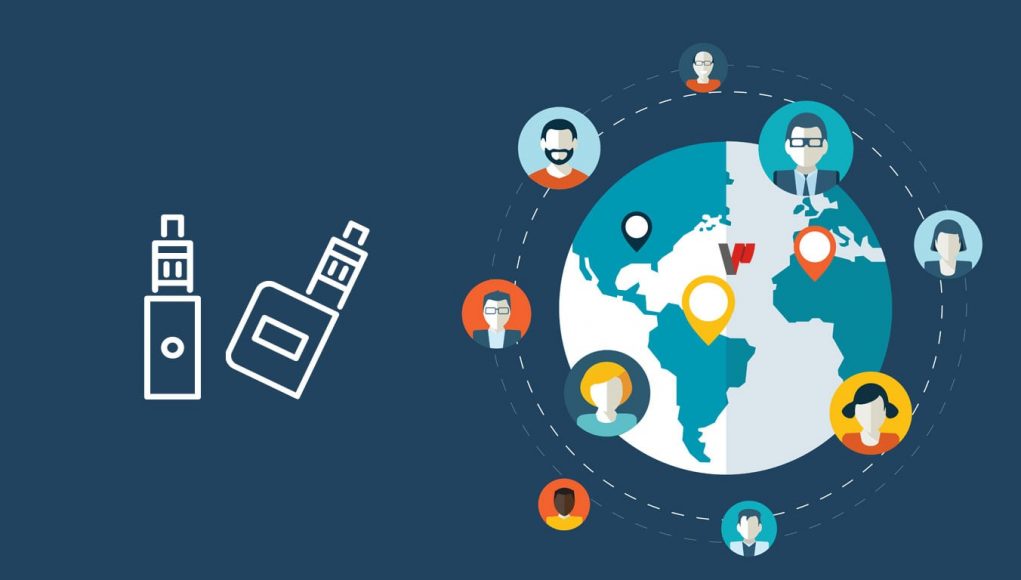During the fourth Asia Harm Reduction Forum 2021 which was held virtually in late July, leading experts in the fields of science, technology, public health policy and consumer advocacy, discussed various tobacco harm reduction (THR) approaches. They quoted data from countries where such approaches were implemented successfully whilst highlighting their important role in improving public health.
Professor David Sweanor, the Chair of the Center for Health Law, Policy and Ethics and an adjunct professor of law at the University of Ottawa, Canada, reiterated that harm reduction is the way to go. “We have known the risks from smoking for many decades. We have known that it is the smoke, not the nicotine that is responsible. We also know that we can deliver nicotine in ways that have minimal risk.”
“We know the smokers will move to those products and they will move to those products in significant numbers,” he added, referring to smoke-free products such as e-cigarettes. He added that data from countries such as Sweden and the UK, are evidence that this approach works.
“As a result, Sweden’s rates of tobacco-related illness and death are by far the lowest that you can see in the European Union. Their smoking rates are now low enough that many people would call it a smoke-free society. When Norway allowed snus products to be more widely available, cigarette smoking fell by half in just 10 years. When Iceland allowed both vaping products and snus into the market, smoking fell by about 40 per cent in just three years,” he said.
The benefits of safer nicotine alternatives can be felt worldwide
Similarly, speaking at the 8th Global Forum on Nicotine which took place in Liverpool, England last June, renowned tobacco harm reduction expert Dr. Derek Yach, said that new alternative nicotine products and technologies offer an invaluable opportunity.
“We are truly facing a revolution in nicotine technology. Thanks to massive investments in research and patents being fathered, the ramifications of this intellectual property are being felt in the real world,” said Yach.
“Already, a hundred million people using harm reduction products and projections suggest that if these tools were more widely available, we would be able to cut the long-term trends of deaths by maybe between 3 and 4 million,” he added.
New GSTHR Report: Fighting The Last War: The WHO and International Tobacco Control












